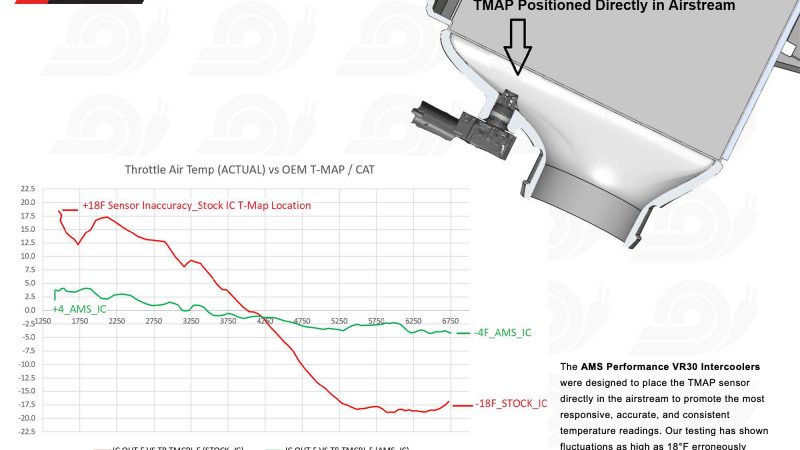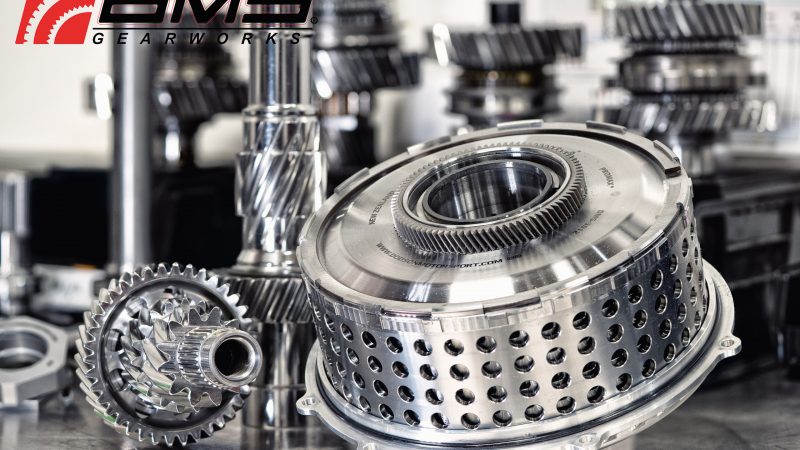More AMS Dyno Testing Data! WG Actuator Results inside.
I had the chance to finish up a customers car on the dyno this morning and also complete some test results which I found interesting and would like to share with everyone. The car I was testing most recently has:
Full, downpipe back exhaust
GFB BOV’s
Forge WG actuators with the red springs
HKS EVC 6 boost controller
Cobb AP with AMS custom tuning
This is very similar to a car I did recently in another thread where I documented the differences in the stock tune vs the cobb stage 2 OTS map, vs AMS custom tuning. The differences in this particular car would be the addition of the GFB BOV’s and the Forge WGA’s. The exhaust components themselves are made from different manufacturers, but I think they are close enough to give this testing adequate results.
Since there was an extra variable the first thing I did once I had the car tuned, was remove the BOV’s and put the stock ones back on the car. Putting the stock BOV’s back on the car @ 20 psi peak yielded absolutely no difference in horsepower.
With the stock BOV’s back on the car I did a couple of dyno runs to make sure the car was warm and reading consistently. Now for the comparison of a car with WGA’s to another car without WGA’s:

These results are exactly what I would expect from a WGA actuator upgrade. As you can see the WGA’s clearly allow the boost at lower RPM to be higher, which results in what appears to be about a 40wtq gain. As the RPM raises you can see that the gains become significantly less as we approach red line. By the time the car reaches ~6200 RPM, even though the boost is registering about 2psi higher, there is absolutely NO gain in horsepower over a car with stock WGA’s. These are the same results that have been achieved on other cars that we have worked on at AMS.
I thought it would be an important data point for everyone here to know that raising boost does NOT always mean that you will be raising your horsepower. Sometimes making your turbo’s work to hold a higher pressure only increases the heat in your intake tract and makes your motor work harder for the same goal. In this instance I noticed that as I tried to raise the boost in the higher RPM’s the car became much more susceptible to showing knock on the logger. Which is an indication of the heightened exhaust back pressure due to the car having to shove more of its spent gases through the tiny stock turbine wheels.
On an un-related note, I was happy to be able to give this customer a full ‘tune’ on his EVC 6 that he will be able to use on his trip to Road America. Using the EVC 6 I was able to make the boost follow a very linear curve along with the throttle pedal so that the drive can successfully modulate the power in the corners and make the best use of the power at all times, and keep the tire’s grip for turning instead instead of sliding  .
.



